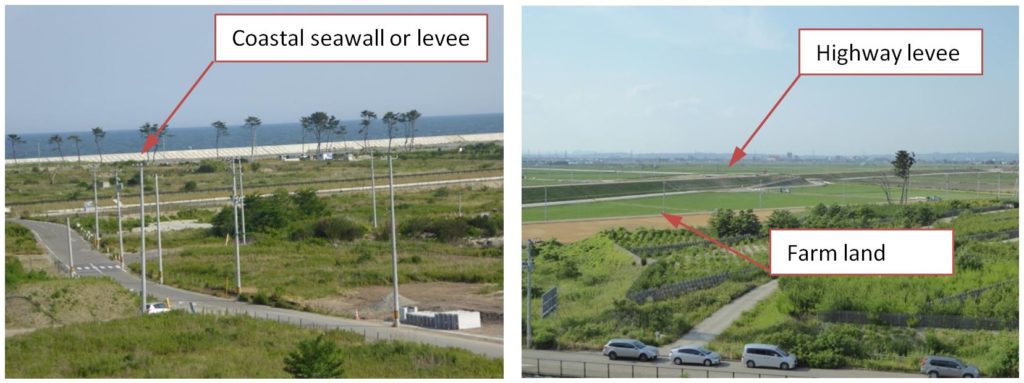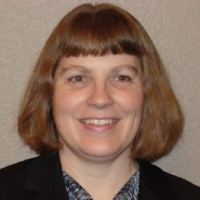
Recovery and resilience: Tsunamis and seawalls
In 2018, I went to Japan to understand how one of the most seismically active and prepared countries in the world works toward achieving resilience for its people and infrastructure.
The 2011 Great East Japan Earthquake, Mw = 9.1, created a tsunami measured in the open ocean at more than 20 feet in height and run-up onshore in one location was over 120 feet tall. In another location the tsunami waves moved inland six miles along a river. Over the years, Japan has chosen to build seawalls to help break a tsunami’s force as it moves onshore. These walls were overrun by the waves in multiple locations. The death toll in Japan was huge, nearly 20,000 people, in a country prepared for earthquakes and tsunamis.
The national government, in immediate reaction to the overtopping of coastal seawalls and the nation’s increased fear of tsunamis, has changed its building and zoning codes and set up a program to increase the height of seawalls and build new walls in additional locations along the coast. These walls are intended to stop the more typical tsunami, the tsunami that might occur every 20 years or so.

For massive tsunamis such as the 2011 tsunami, it is assumed that the seawalls will be overrun and land just inland of the walls will be flooded. Using this assumption, land use in these areas is now highly regulated permitting only farming, fishing and day-use recreation. No one is allowed to live in these areas, nor to run the risk of being asleep in the area when the tsunami occurs.
One community that has adapted to the new land-use regulations is Arahama in Sendai City. Arahama’s seawall was overrun and tsunami waters flooded in to a multi-story school where children had to be airlifted off the roof one by one. The national government’s plan for Arahama increased the existing seawall height by 4 feet and moved all commercial and residential structures back behind a second levee currently under construction at the highway. The vacant land now holds only the old school as a monument to the tsunami. Soils are being revitalized to become farm land once again, and soon a recreational area with soccer fields will be available. This once was a residential community, but that community has moved inland.

What do jurisdictions in the United States do with lands that flood every year? How are our land use policies and zoning code changing with “historic” floods and fires that are happening more frequently?






